To Crimea and beyond: Which missiles could be game changers and why the West hesitating to provide them to Ukraine
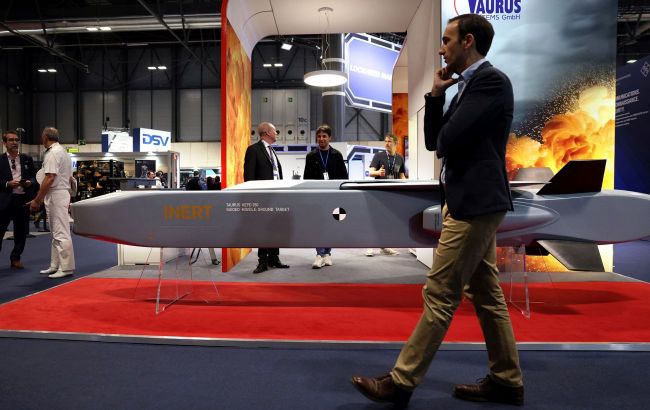 Photo: Ukraine asks its partners to provide long-range missiles, but at the same time, is working on its own weapons (GettyImages)
Photo: Ukraine asks its partners to provide long-range missiles, but at the same time, is working on its own weapons (GettyImages)
The Ukrainian army already has in its arsenal weapons capable of hitting targets at a distance of more than 100 kilometers, reaching Crimea, Russian Pskov, or Moscow. However, this is still not enough to turn the tide of the war. RBC-Ukraine analyzed what long-range weapons are already in Ukraine and what missiles we can still obtain.
HIMARS and its counterpart, the M270, became a kind of game-changer for the Ukrainian army in the summer and fall of last year. They precisely destroyed enemy depots, troop concentrations, and equipment. On one hand, this helped stop the active advance of the Russians in the east. On the other hand, it helped liberate most of the territory of the Kharkiv region and the right bank of the Dnipro River in the Mykolaiv and Kherson regions.
This weaponry fundamentally changed the situation on the front, but only at a specific stage of the war. The type of ammunition for these systems, GMLRS, which the Ukrainian army received from its partners, has a firing range limited to 85 kilometers. And while last year HIMARS destroyed ammunition for Russian artillery, they now destroy Russian artillery itself. It has become more challenging for them to reach the enemy's rear. Occupiers have restructured their logistics further away from the impact zone of these systems.
To grasp the scale: from Ukrainian positions to the border regions of Luhansk region to the east is approximately 150 kilometers, from the right bank of Kherson to the south of Crimea is roughly 280 kilometers, from the territory controlled by us in Zaporizhzhia region to Kerch is approximately 250 kilometers. Therefore, for our troops to engage the enemy, they now need weapons that can shoot both farther and more powerfully.
Ukrainian projects
Why does Ukraine request long-range weaponry of Western, rather than Soviet, design? Not because Western necessarily means more modern. The reason is that the types that could still be available in friendly countries of the former Warsaw Pact are perhaps only Tochka-U, says Ivan Kyrychevskyi, an expert from the Defense Express Media and Consulting Company. The range of these systems reaches 120 kilometers. It is unclear whether our partners transferred them to us or not, but more than once, occupiers complained on social media that these missiles were supposedly hitting them.
According to the International Institute for Strategic Studies, which compiles the annual review "The Military Balance," Ukraine had 90 Tochka missile systems and 800 missiles for them in 2021. Again, it's unclear in what condition they were, but there have been no reports of mass use of these systems on our side on the front. It is known that on February 25, 2022, Tochka struck a Russian military airfield in the Rostov region.
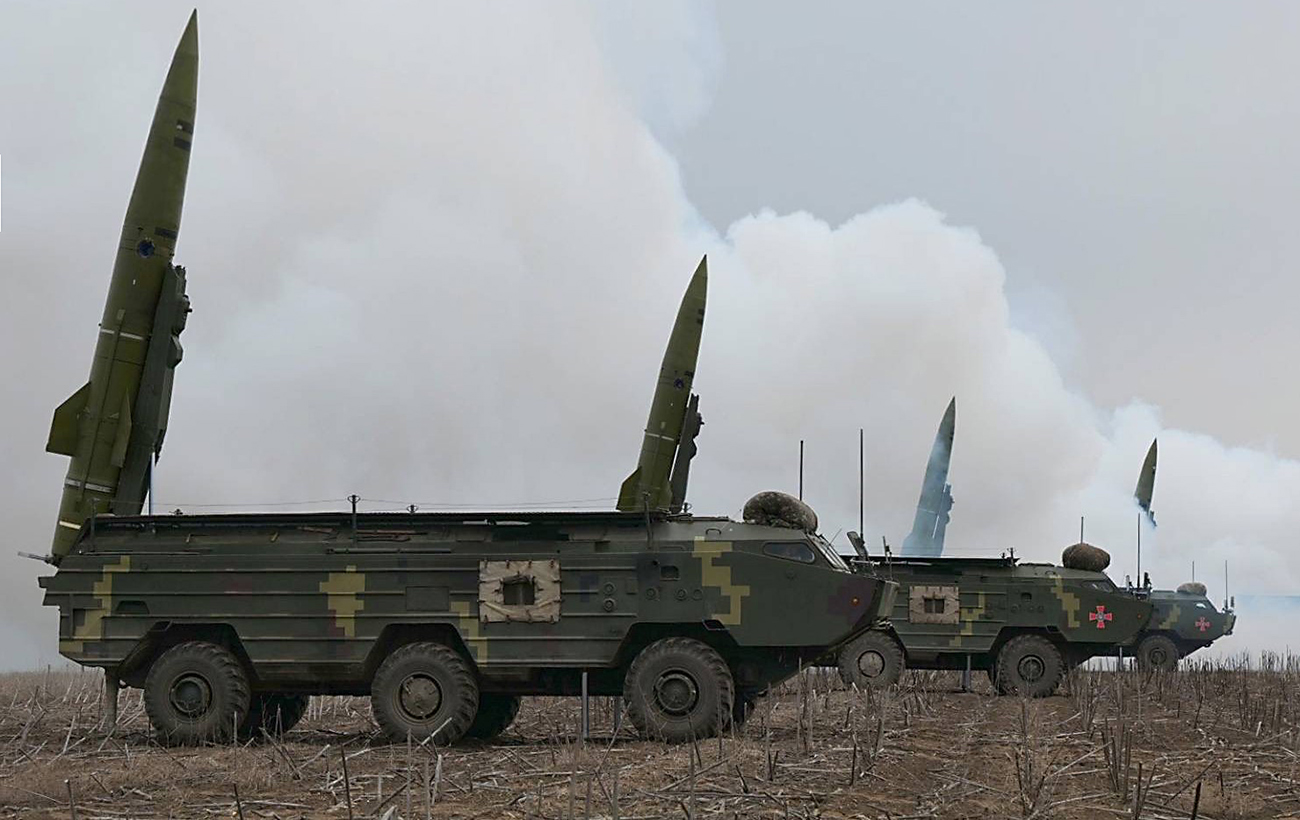
Tochka-U complex (Photo: zsu.gov.ua)
Regarding Soviet aviation missiles, the situation is even worse, not only in Ukraine but across Eastern Europe. As Kyrychevskyi explained, Ukraine had up to a hundred old Soviet Kh-59 missiles with a firing range of 45-110 kilometers before 2010, but they were written off. With these missiles, the Russians shelled our oil bases in the spring of 2022.
Since the start of the large-scale aggression, the Ukrainian military-industrial complex has been working on its own projects. However, representatives of military defense agencies, for understandable reasons, prefer to disclose minimal information or none at all about this. Even before the invasion, there were statements about the development of the Hrim-2 / Sapsan ballistic missile system with a range of 500 kilometers, which could become a Ukrainian Iskander, but the status of this domestic project remains unknown.
At the end of August, the Ministry of Defense of Britain noted that Ukrainian troops might have converted S-200 anti-aircraft missiles for use as ground-launched ballistic missiles. Such information had circulated on social networks about two months before this announcement. For instance, in July, Russian commanders claimed that one of the attacks on the Crimean Bridge had been carried out with such a missile. The possible striking range of these missiles remains a mystery; estimates range from 260 to 600 kilometers on different sources.
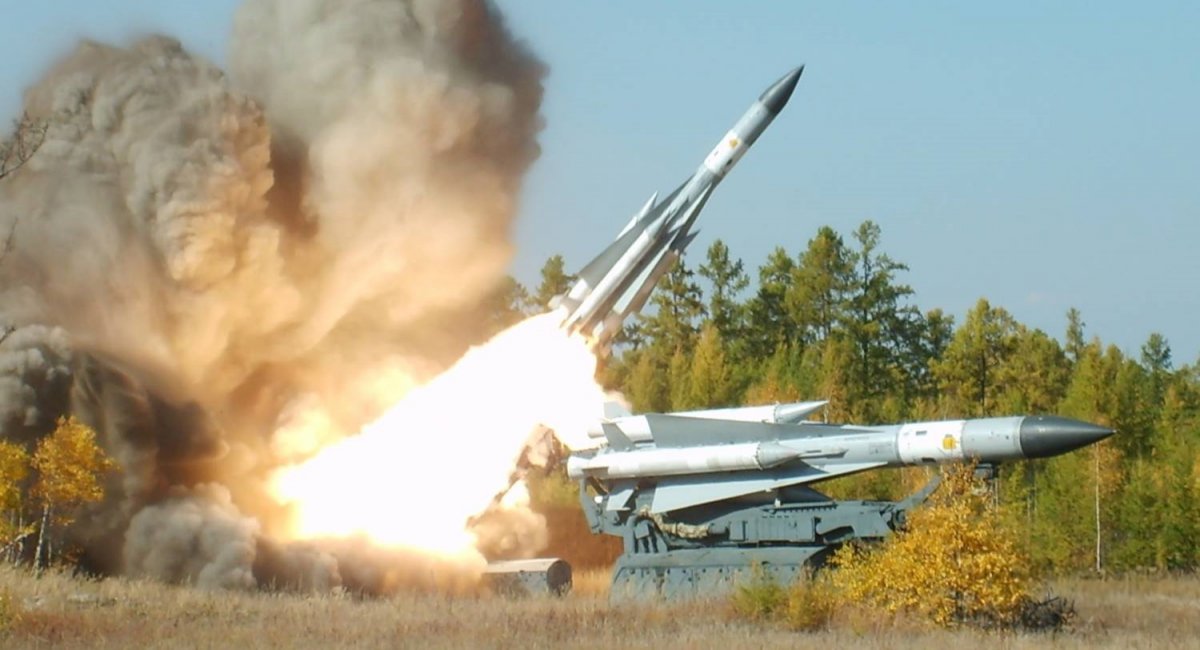
S-200 anti-aircraft complex (Photo: Defense Express)
Open sources also provided a lot of information that our army used the Vilha-M complex against the Russians in the occupied territories. According to The Warzone portal, Ukraine allegedly resumed the production of missiles for this system and upgraded them to a range of up to 150 kilometers.
The same agency also wrote that our defense industry began producing Neptune missiles for strikes against ground targets within a radius of up to 400 kilometers. It is highly likely that these missiles have recently undergone testing in combat conditions. The anti-ship version of this missile, which hit the Russian cruiser Moskva last spring, can destroy targets at a range of up to 300 kilometers.
A week ago, Volodymyr Zelenskyy announced another option for long-range Ukrainian weaponry. According to the President, the target was hit from 700 kilometers away. Considering that this announcement came the day after an attack on the Russian Pskov airport, it can be assumed that it refers to the successful use of domestic kamikaze drones. The first known raid of Ukrainian drones into Russian territory occurred with attacks on the Dyagilevo and Engels strategic aviation airports in December 2022. According to the Main Intelligence Directorate, these strikes were carried out using modified Soviet Tu-141 Strizh UAVs.
.jpeg)
Tu-141 Strizh during exercises in 2021 (photo: mil.gov.ua)
The New York Times, citing its own sources, reported that Ukraine is allegedly developing several models of UAVs with a range of 1,000 kilometers. Since we see news about drone attacks on Russia almost daily, it seems that this work is progressing quite successfully.
"When it comes to combat drones, Ukraine is literally ahead of the whole world. This spring, the United Kingdom announced that it plans to transfer to us a batch of kamikaze drones with a range of 200 kilometers, and at that time, it was seen as a long-awaited event. It's unclear what happened with that story, but in the meantime, we have produced our own analogs of Shaheds. Even the drone that flies to Moscow, under the conditional name Bober, according to its characteristics (as even the Russians themselves have acknowledged) is better than the Shahed-131," Kyrychevskyi said.
Finally, it took Iran two decades to reach the technological level to develop the Shahed-136, and at least five years to actually develop this drone. So, in this sense, Ukraine is moving even faster than one can imagine, noted the expert. However, combat drones by themselves are not enough, no matter how advanced they may be - neither their speed nor their combat payload can compare to modern long-range missiles.
Western weapons: What Ukraine has and can get
It is for these reasons that Ukraine has been engaged in negotiations with its partners for many months to obtain Western missiles with a range of over 100 kilometers. Last year, our allies provided us with anti-ship missile complexes with Harpoon missiles and anti-radiation missiles AGM 88 Harm. Both models can be considered long-range, but they are not designed for ground targets.
It seemed like a breakthrough when in February of this year, the United States decided to transfer guided cruise missiles GLSDB, a new development by Boeing and Saab Group. They can also be launched from HIMARS and M270 systems, with the same warhead weight as GMLRS but an extended range of up to 150 kilometers. However, considering that at that time the companies were just starting their production, Ukraine may not receive these missiles until autumn, and in limited quantities, perhaps a few dozen per month.
According to Kyrychevskyi, the serial production of GLSDB could have been hindered by the guidance system. These missiles were designed based on the GBU-39 (SDB) air bomb, which is guided to the target by a laser beam from an aircraft, whereas GLSDB is meant to be launched from a ground installation. This required some technical solutions to be developed.
In May, it became known that the United Kingdom was providing us with much more powerful Storm Shadow / SCALP EG air-to-ground cruise missiles. Two months later, France also announced the supply of similar weaponry. The range of this Franco-British aviation missile in the basic model can reach 560 kilometers. However, the Ukrainian army likely received an export version limited to 250-290 kilometers. The combat part of these missiles weighs approximately 450 kilograms. This is significantly more than our combat drones (their warhead weight does not exceed 75 kg, and for Shahed drones, it's around 50 kg) and GMLRS for HIMARS (approximately 90 kg).
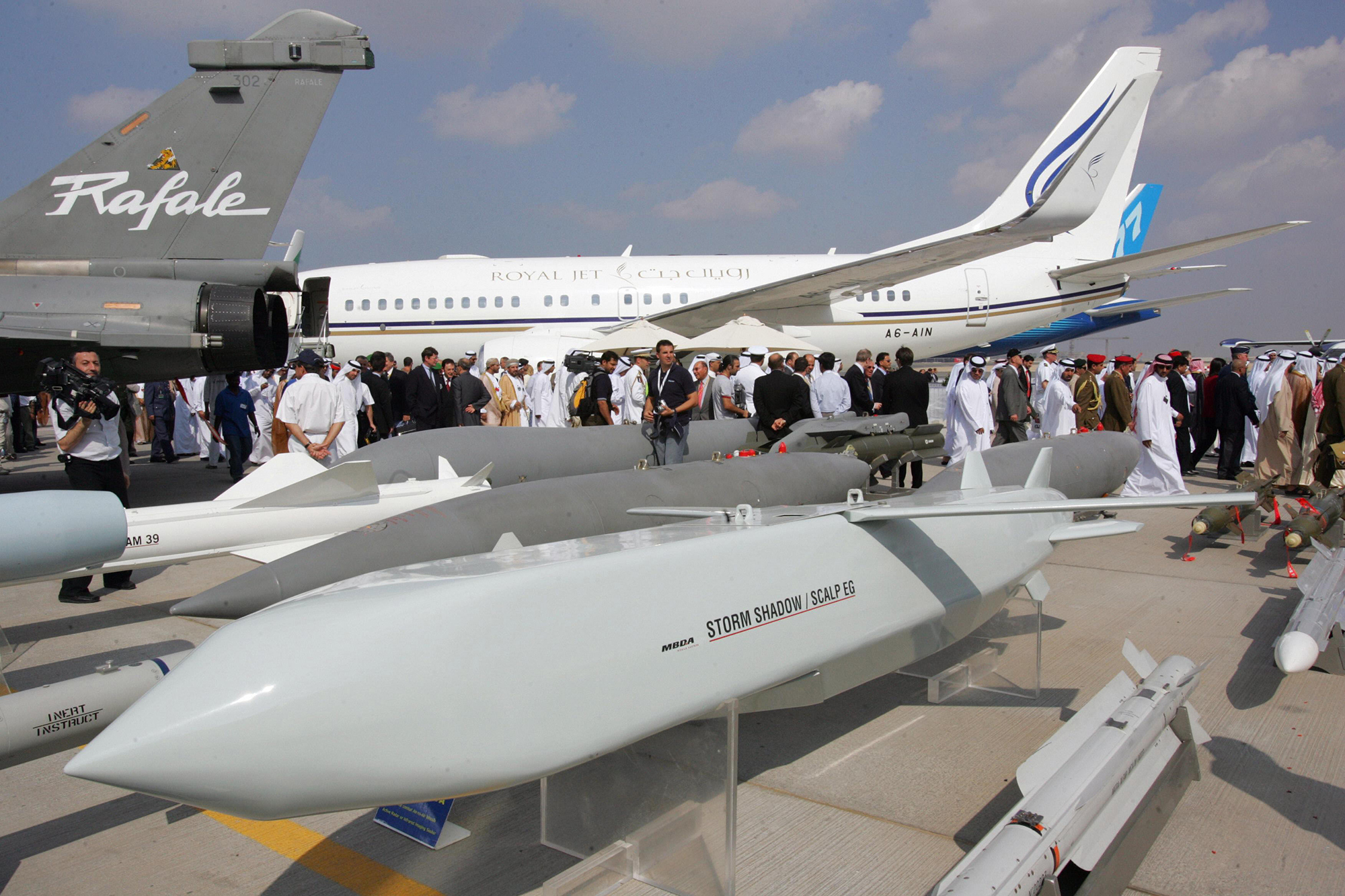
Storm Shadow / SCALP EG missiles (Photo: Getty Images)
"The French probably transferred 50-80 SCALP missiles to us. Their army had about 400 such missiles in total. In essence, they have given us up to 20% of their reserves. Ten years ago, no one thought about the need to create large arsenals of such weapons, so there are not many of them in the world. And the transfer of a larger quantity of weapons can actually harm a country's own defense capability. Therefore, there is a so-called quota in the world - one country cannot transfer more than 25% of a certain type of weaponry to another," says military expert, retired Colonel of the Armed Forces of Ukraine, Serhii Hrabskyi.
Ivan Kyrychevskyi describes a similar situation with Storm Shadow missiles. According to him, they were produced in quantities of up to a thousand units. But some of them were used during campaigns in Libya, and Syria, and a batch was sold to Saudi Arabia. France and the United Kingdom could only transfer a few dozen of these missiles to us.
Currently, Ukrainian politicians, military officials, and diplomats are working to obtain another version of the air-launched cruise missile, Taurus, from Germany. Some German media previously reported that the German Air Force had allegedly agreed to transfer the missiles, but Chancellor Olaf Scholz is still awaiting approval from the United States.
The total weight of the warhead in the Taurus missile is 480 kilograms. The range is over 500 kilometers, and in export versions, it's 300-400 kilometers. Like Storm Shadow and SCALP, this missile is capable of flying at very low altitudes, avoiding the terrain. This allows them to evade radar systems of air defense systems. The Bundeswehr has 600 units of Taurus. However, Roderich Kiesewetter, a Bundestag deputy from the opposition Christian Democratic Union, noted that about 450 of these missiles are not ready for use and require modernization.
Ivan Kyrychevskyi points out that Taurus, Storm Shadow, and SCALP were developed as part of a unified European project called Apache back in the 1980s. At that time, Europeans did not want to buy cruise missiles from the United States and decided to develop their own.
"Storm Shadow and SCALP are two types of long-range air-launched missiles that are most common in Europe. Spain has several dozen Taurus missiles, but they still need Germany's permission for transfer. As for Taurus, there is another question - what to launch them from. The Swedish Gripen could be the standard carrier for Taurus. However, it seems that the prospects of receiving these fighters are even further off than Taurus," the expert believes.
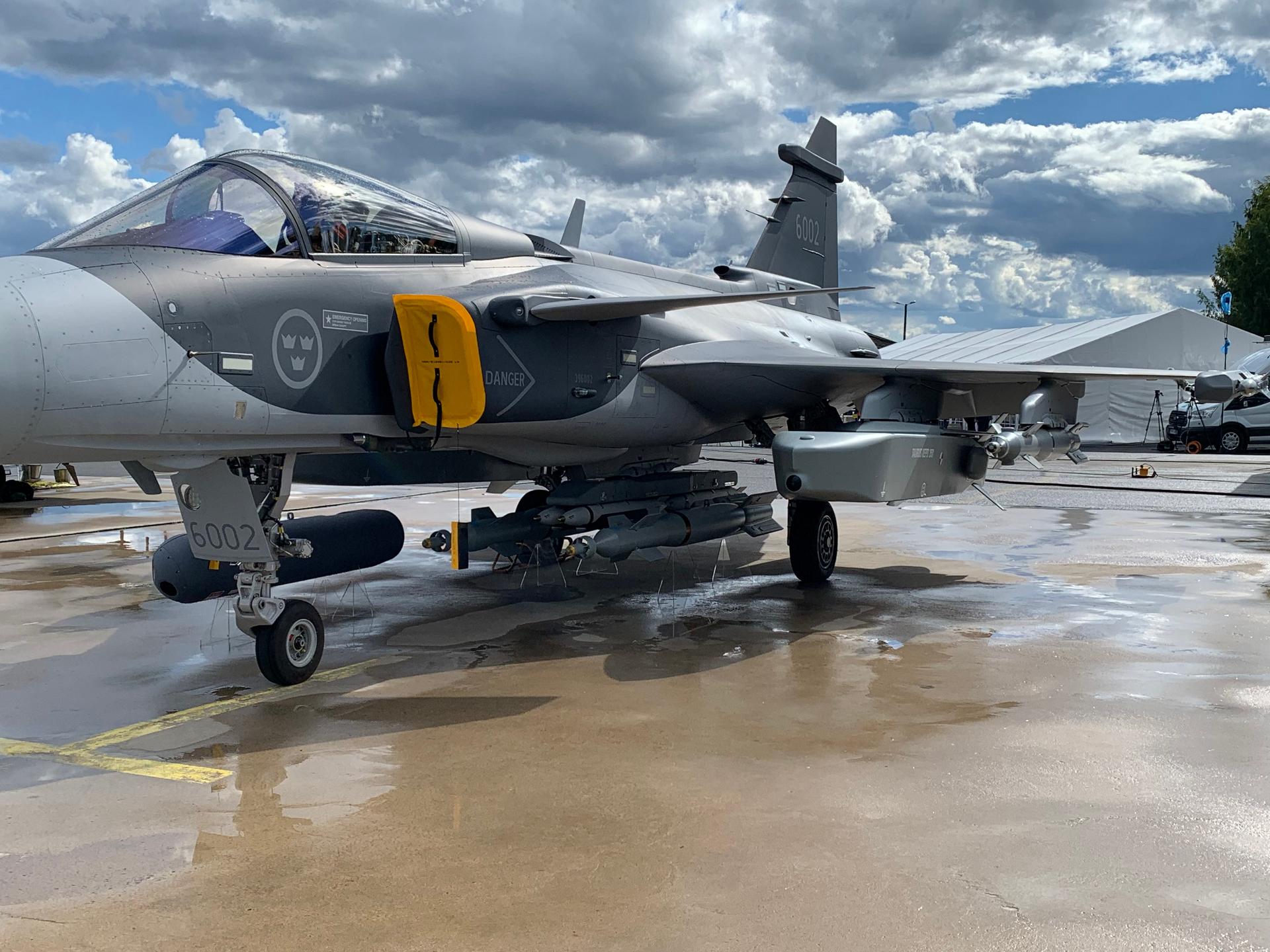
Taurus missile on a Gripen fighter jet (photo: https://taurus-systems.de)
The F-16 fighters we expect to receive in the first half of next year are not intended for launching German missiles. Ultimately, if Berlin gives the green light, the outcome could be similar to that with the Storm Shadow and SCALP missiles. Ukrainian experts "retuned" domestic Su-24 aircraft for the use of these missiles, using a pylon adapter from the Tornado strike aircraft. Along with the F-16, Ukraine could also obtain various long-range weapons. This includes missiles like AGM-158 (up to 360 km), SLAM-R (up to 300 kilometers), or AIM120C-8 (up to 180 km).
In theory, Ukraine could initiate negotiations to obtain sea-based SCALP Naval missiles with a range of 900 kilometers or subsonic Tomahawk cruise missiles. However, suitable carriers such as destroyers, frigates, submarines, or cruisers are simply not available to us.
Unlike European Taurus, Storm Shadow, or SCALP missiles, ATACMS does not require additional launch platforms or modifications of existing ones. This missile is launched from HIMARS and M270 complexes, which our troops have already mastered. ATACMS is an American ballistic missile with a range of up to 300 km and a warhead weight of up to 560 kilograms, depending on the variant.
Washington is currently somewhat reserved about the idea of providing Ukraine with this weaponry. Neither the White House nor the Pentagon provides clear reasoning for this. However, various unofficial versions can be heard. These range from the U.S. reluctance to further escalate relations with Russia to fears from Lockheed Martin, the manufacturer, that their weapons might not perform effectively in real combat situations, which could negatively impact their stock prices. Nevertheless, the most likely reason why we still don't have ATACMS is that there aren't many of them to spare, according to Kyrychevskyi. The U.S. arsenal may only consist of around one and a half thousand of these missiles.
"However, there could be another reason - they are very old. They have exceeded their standard service life. They need to be refurbished to be operational. But imagine if the Americans came out and said: 'Our ATACMS are very old, we are refurbishing them.' It would damage the prestige of the world's superpower. It's better to talk about escalation management to save face," adds the source.
.jpeg)
Launch of ATACMS missile from M270 (photo: www.army.mil)
When it comes to long-range ground-based missiles, there aren't really any suitable alternatives to ATACMS in the West. That's why Ukraine is focusing its efforts on obtaining this specific weapon from the United States. Ivan Kyrychevskyi explains that until 2019, the Intermediate-Range Nuclear Forces Treaty formally governed the production and elimination of medium-range and intermediate-range missiles, a treaty between the Soviet Union and the United States. Other European players also adhered to this agreement. According to this treaty, countries committed to ceasing the production and elimination of their ground-based missiles with ranges from 500 to 5,500 kilometers.
"The treaty was in effect until the Russians built the Iskander-K with a range of 1,500 kilometers and small corvettes for the Kalibr missiles. Now, most missile carriers in the Russian fleet are small corvettes. These corvettes were another way to circumvent this INF Treaty, as such small corvettes can move along Russia's internal waterways, such as the Volga," Kyrychevskyi noted.
The reason why the West didn't work on ground-based missile production and overall doesn't have much long-range weaponry to offer is explained by the action of this treaty and an underestimation of the threats. Therefore, Ukraine's task for the near future is to seek the weaponry that potential allies can still provide while continuing intensive work on its own projects for the longer term.

